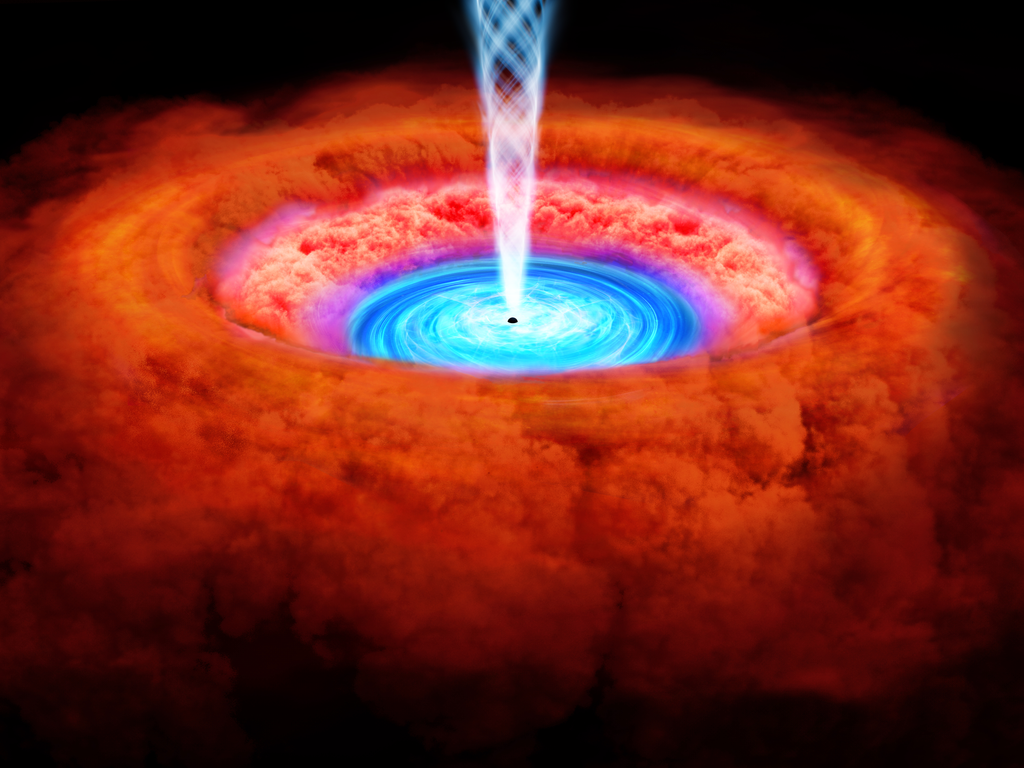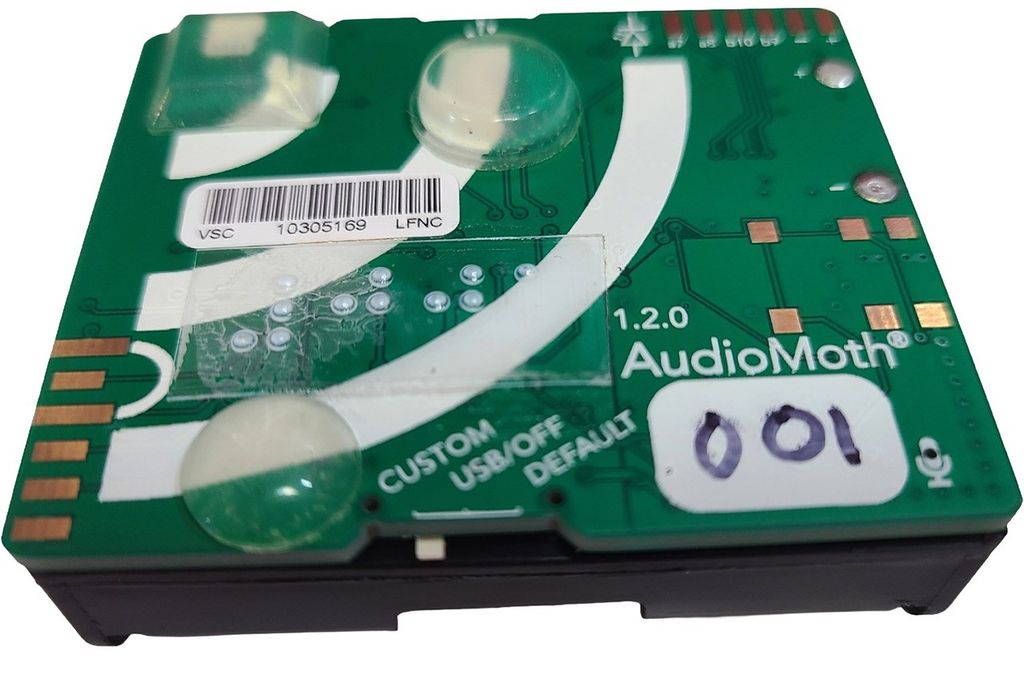Advanced Colloids Experiment-Heated-1 (ACE-H-1)
Science Objectives
The Advanced Colloids Experiment-Heated-1 (ACE-H-1) experiment examines densely packed microscopic spheres, or colloidal mixtures, to study their transition from ordered crystals into disordered glass. The particles are fluorescent and change size in different temperatures, so scientists are able to see how they move and change forms as they are heated and cooled. Studying particle interactions without the influence of gravity improves the ability of scientists to understand how increasing disorder in a crystal material affects its freezing, melting, aging and structural integrity.
Status
The experiment has concluded, and science is being evaluated.
Experiment Description
The crystal-to-glass transition is induced over a series of samples by including and increasing the fraction of small, randomly distributed dopant particle inclusions in a dense packing on uniformly sized colloidal microspheres. These specific colloidal systems are well suited for the investigation of the microscopic structural and dynamic mechanisms that underlie this crossover. These particles have diameters which are sensitive to temperature. This property allows the use of heating and cooling to change the sample phase from crystal/glass, to fluid, and back. The particles are also fluorescent so that their position and motion can be tracked from microscope videos taken throughout the experiment.
These experiments provide insight into how increasing disorder in an initially crystalline material can affect melting, freezing, aging and other structural and dynamic properties.
Space Applications
Previous studies of colloidal mixtures show that even a small gravitational influence dramatically affects the way crystals form. By performing experiments on dense particle mixtures in microgravity, scientists can better understand the physical processes of nucleation (particles clumping together), aging and melting. These findings could be used to design new colloidal mixtures in microgravity, including metamaterials and advanced photonics. Additionally, the experiments will pave the way for future colloid research in space.
Earth Applications
Understanding how ordered crystals become disordered, glassy materials will help materials scientists alter the way microscopic particles interact. This could enable new ways to change the large-scale behavior of glasses. The experiments provide insight into the fundamental processes of particle clumping, melting and other physical behaviors.


























